Are you ready to dive into the fascinating world of drywall textures? From the classic popcorn to the sophisticated skip trowel, there’s a myriad of textures to explore.
If you enjoy DIY projects or simply like the patterns on your walls and ceilings, prepare for a textured journey. Whether you have experience or are just curious, this will be a unique experience. Get ready for something different and exciting.
Types Of Drywall Texture Styles:
ROA offer best drywall texture services and styles that adds design to plain walls, making them look more interesting. Experts can create a variety of patterns using drywall compound, adding depth and dimension to walls for a customized look. Here are some best
Orange Peel Drywall Texture
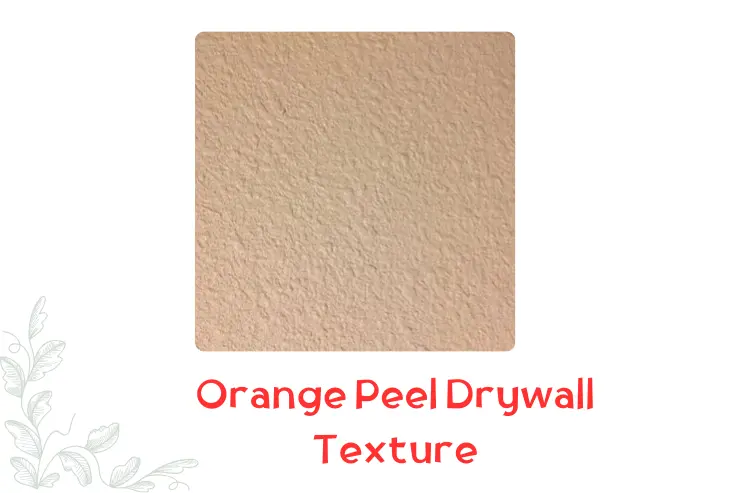
As the name implies, orange peel texture resembles the surface of an orange, with cracked and subtly wrinkled patterns. Its gentle curves set it apart from other textures like knockdown.
Orange peel texture has been a popular choice for walls and ceilings in recent decades. You can find applicators for this texture at many home improvement stores. Just make sure to choose the right type for your project, as spray directions vary for ceiling and wall applications.
Spray Sand Ceiling Texture
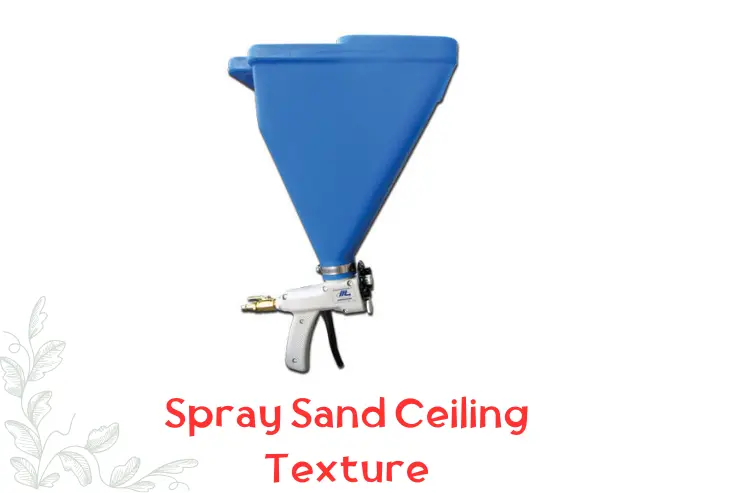
The spray sand ceiling texture is quite straightforward. It involves mixing sand with primer, water, or thin mud and then spraying it onto the ceiling using a spray gun. When applied correctly, it creates a textured surface that doesn’t crack or separate like orange peel texture. People commonly use it as a subtle accent on ceilings, but you might also find it on walls.
Comb Drywall Texture
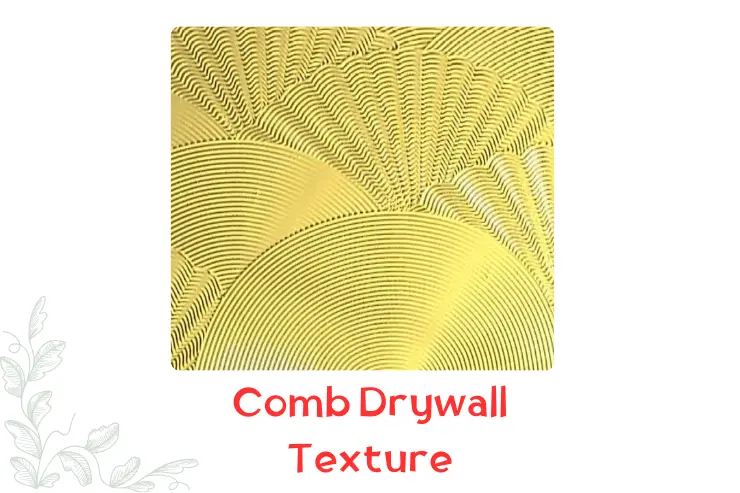
Using a toothed trowel creates grooves in the wall or ceiling to make a comb texture. Often applied in half fans, this pattern looks planned but is still easy to replicate for repairs. Whether simple or intricate, this drywall texture style adds character to a room or hides an unsightly ceiling!
Sand Swirl Drywall Texture
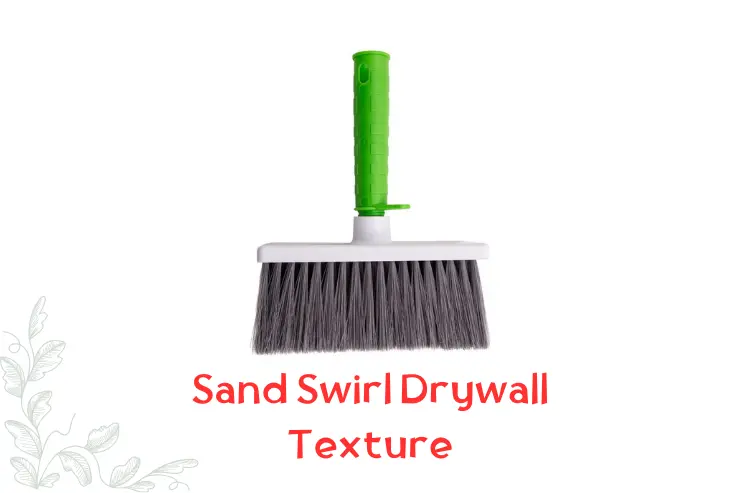
A sand swirl finish combines sand spray and comb techniques. You can make swirls with a medium or thick bristle brush, such as a wallpaper brush or the bristles on an ice scraper. They can be orderly rows of half fans or more complex, like interlocking Cs or spirals. You can apply the swirls to a bed of mud or dip them in a bucket like paint.
Stomp Brush Drywall Texture
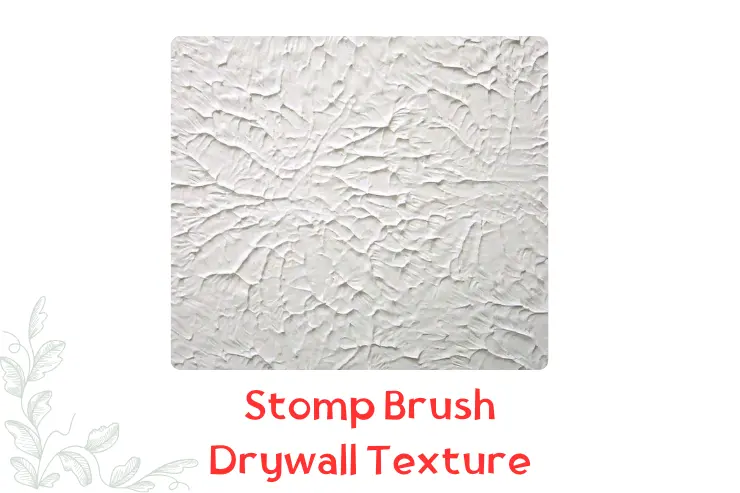
The stomp brush technique is a fun and older method. The stomp brush technique is an enjoyable and traditional way to add texture to ceilings.
To use this technique, you dip a large brush into drywall mud. Next, press the brush against the ceiling. Finally, pull the brush back down sharply to create ridges in the mud. Also known as “slap brush,” it’s often random but can be orderly for repair purposes.
Stomped walls are rare because jagged ridges snag on clothing.
Crows Feet Drywall Texture

The crows foot texture style is akin to the stomp brush technique but uses a different brush, resembling two oval stomps side-by-side. This method creates a slightly more orderly texture or allows for texturing a ceiling with fewer applications.
Popcorn Ceiling Texture
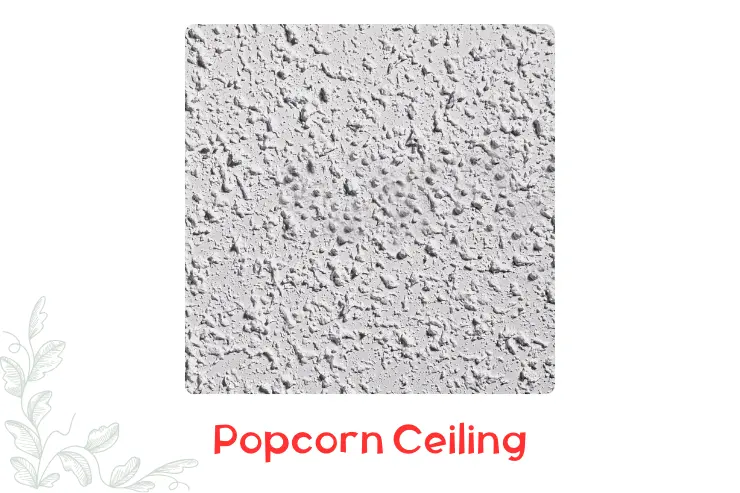
The “popcorn ceiling” is a well-known type of drywall texture. It gets its name from the bumpy knobs that resemble popcorn kernels. Its uneven surface is ideal for masking imperfections, making it a popular choice for covering up ceiling repairs. Additionally, it offers a slight sound-dampening effect.
Popcorn ceilings have been popular at different times, but those installed before 1980 may have asbestos. To be safe, it’s usually better to cover popcorn ceilings with new drywall instead of trying to remove them.
Rosebud Drywall Texture

This method is similar to the brush stomp technique. However, you must ensure that you apply each stomp evenly. This will help create clear and distinct patterns.
Knockdown Drywall Texture

To create knockdown texture, apply texture and then flatten it with a drywall knife. You can achieve it by spraying, stomping, or using other methods. This method produces a subtle effect with lessened shadowing.. While you can use any drywall knife for knocking down, specialty tools exist for achieving the perfect angle.
Skip-Trowel Ceiling Texture

The skip trowel technique brings some artistic touch to the usual drywall texture. First, the installer applies a layer of drywall mud on the entire surface.
Then, using a clean trowel at a slight angle, they go over the still-wet mud. This action lifts parts of the mud bed, forming random, rounded sections. The depth of the texture varies based on the thickness of the initial mud coat.
Bas-Relief Drywall Finish

Sometimes, drywall textures go beyond mere craftsmanship and become art. A bas-relief is a sculptural technique where the design appears to come out from the wall. People do not commonly use this drywall finish because it can be risky and requires skill, but it remains very popular.
Spanish Lace Drywall Texture
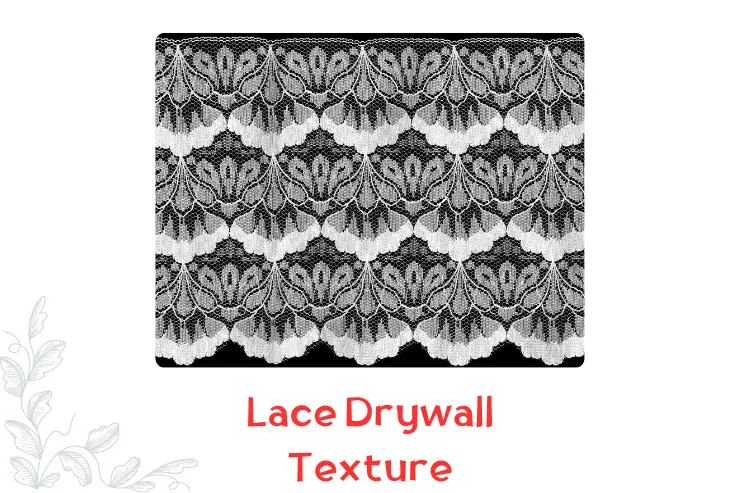
A lace drywall texture is like a spray knockdown without sand. It creates a multi-layered pattern that resembles old-fashioned lace. Also called Spanish Lace, this method creates a texture like stucco walls commonly seen on houses with stucco exteriors.”
Multi-Colored Lace Drywall Texture
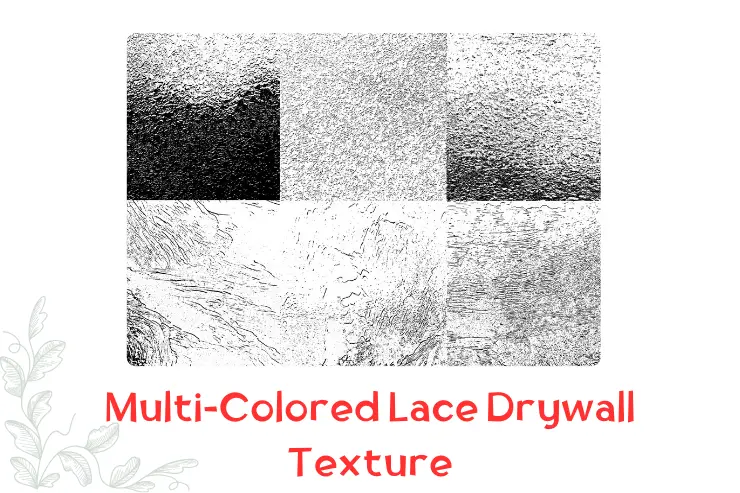
To create a beautiful lace drywall texture, start by applying drywall mud or paint to the ceiling or wall. This will help you achieve a visually striking effect. When using drywall mud, you must paint it or mix it with a color beforehand, as you cannot paint it after the next step.
Once the first layer has dried, you can apply a second coat. You can do this using a spray or thick-nap roller.
Ensure that the color of the second coat is distinct from the first one. Afterward, use a knockdown knife to quickly pass over the surface. This creates two textured layers, each with its own color.
Venetian Drywall Finish

The Venetian drywall finish originates from an ancient method that blends plaster with marble dust. This method includes putting on many thin layers, then sanding and polishing to make it look shiny and deep.
Smooth Drywall Finish

We end with the timeless smooth finish. While it may appear simple, in skilled hands, it becomes a thing of beauty. Sometimes people refer to creating a supremely smooth wall as a Level 5 finish.
This process involves spreading a thin layer of drywall mud all over the wall. The goal is to make the wall look perfect and flawless. This finish looks like the shiny surfaces made by plasterers long ago. It adds a touch of elegance to any home or business.
Stippled Drywall Texture
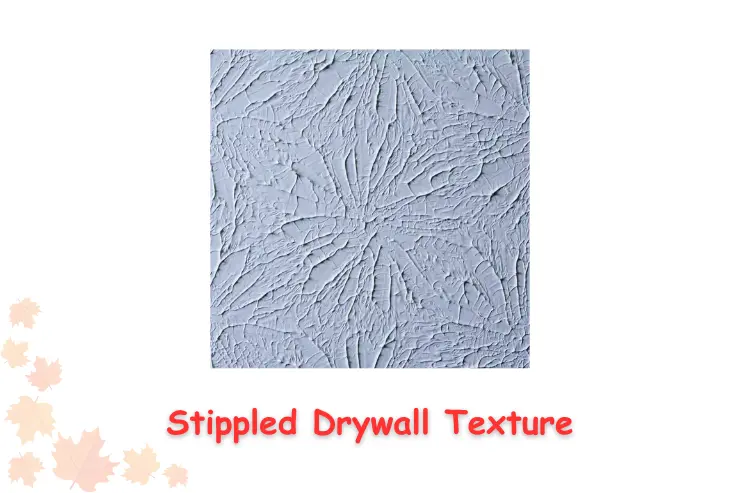
To create a stippled drywall texture, you need a stomp brush, which is a soft brush with long bristles. This brush is also known as a slap brush and is essential for making the stippled effect. First, use a roller or another application tool to spread the texture on the wall. Then, press the stomp brush against the wet surface to form the distinctive uneven shapes.
Tree Bark Drywall Texture
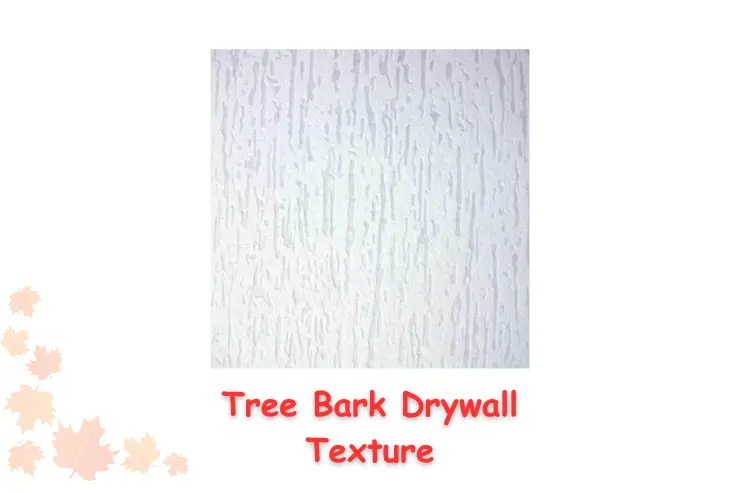
The tree bark drywall texture gives your walls or ceilings the appearance of tree bark. To achieve this look, use white paint or finishing material to mimic the look of birch tree bark, or choose a different color for a different type of tree. Applying this texture is straightforward: use a heavy paint roller to spread the texture and allow it to dry.